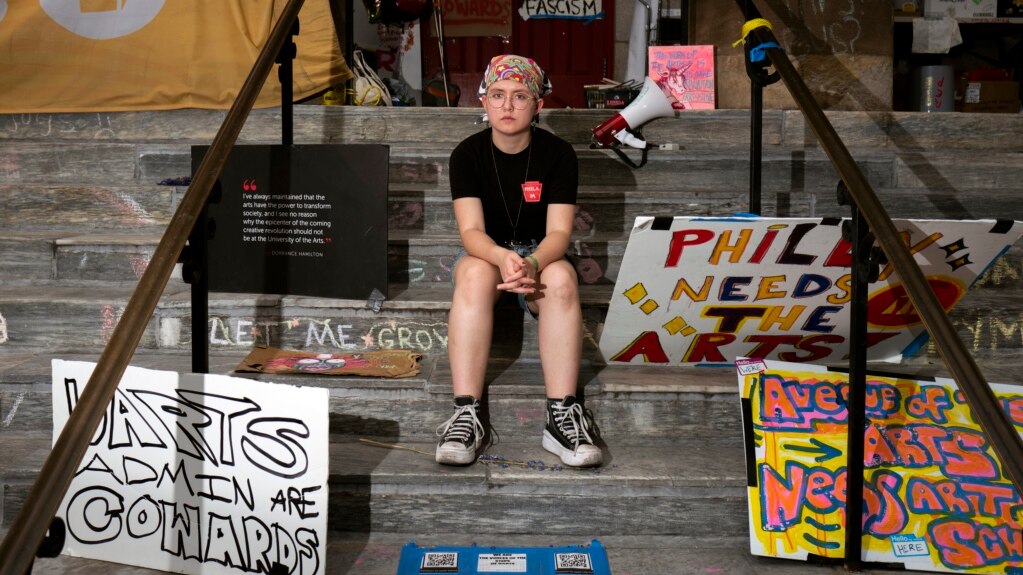University closures in the United States in recent years have left tens of thousands of students unsure about their education. Some face increased risk of never finishing their degrees at all.
And the closures continue as schools around the country react to sharp drops in enrollment, or registration, of students since 2020.
Nationwide, private colleges have been closing at a rate of about two per month, says the State Higher Education Executive Officers Association. The organization recently released a study with the National Student Clearing House Research Center. It reported that 467 colleges, including for-profit and non-profit, have closed in the U.S. since 2020. The closings affected more than 143,000 students. Over two-thirds of the affected students received little warning and did not receive any support to continue their education elsewhere.
Recently, students at the University of the Arts in Philadelphia, Pennsylvania received news that their school would shut down within days. Many students are not sure what they will do next.
Katherine Anderson came from the American state of Texas to attend the school, also known as UArts, last year. She chose a program that she could not find anywhere else, combining the music business, entrepreneurship and technology.
The closure of UArts has left her and 1,300 other students scrambling to find somewhere to go or something to do. By the time the school announced its closure, many colleges had already completed their admissions for the fall.
Anderson was accepted into the music industry program at nearby Drexel University. She told The Associated Press that it was not a perfect match, but “the next best thing, I guess.”
“Because of all that’s going on, I felt very pressured to make a decision as fast as possible,” Anderson said. She is now seeking legal action against the University of the Arts.
Before its closing, UArts had trained musicians, artists, dancers and designers in Philadelphia for nearly 150 years. The school had suffered a sharp drop in enrollment and said it was faced with “significant, unanticipated expenses” that forced its closure. State and local agents are investigating to find out exactly what happened.
Lynette Kuhn is a top official in the Pennsylvania Department of Education. She said, “We have yet to receive the answer to that question,” in an online information event for University of the Arts parents and students.
Heather Perfetti is president of the Middle States Commission on Higher Education, an accrediting agency. She said at the same event, “We all believe that no academic journey should include this kind of severe and abrupt disruption.”
Adam Machado came to UArts from New York’s Hudson Valley. He received a $32,000-a-year scholarship to study music. He is unsure if he would receive the same financial or training support from other schools.
Machado has been performing in New York and Philadelphia with a band called Kids That Fly. He added that he is sad not only for himself, “but 1,000 other artists (who) are without a home.”
Cyrus Nasib, like many classmates who went through the admission process just a year ago, is not sure what he will do next. “You don’t really know where to start,” he said. “It kind of just saps your motivation to do anything.”
The study also said as many as half of students affected by school closings did not return. The numbers include students at nonprofit and for-profit schools, including two-year colleges.
University of the Arts film major Ian Callaghan-Kenna did not like how the closure was carried out. He said the school “acted like everything was normal” and then shut down just two weeks later.
“It’s just very, very upsetting,” he said.
I’m Caty Weaver.

